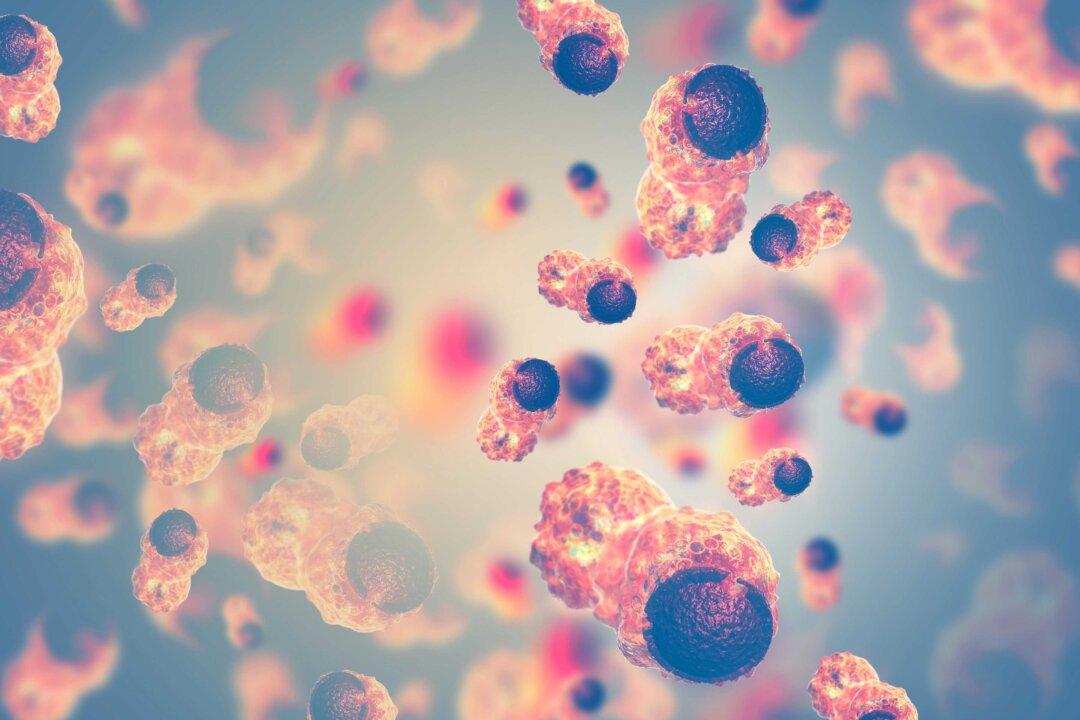In a Ted Talk, Neal Barnard, M.D., president of the Physicians Committee for Responsible Medicine, spoke about his father, who had passed away from Alzheimer’s disease.
His father became ill a few years before he passed. The first symptom was memory loss, and as time went by, his memory became increasingly worse. In the end, he couldn’t even recognize his children who came to visit him. The old gentleman’s personality also changed, and he could no longer take care of himself. Barnard lamented that the loss of memory meant the loss of family members and the complete loss of everything.





